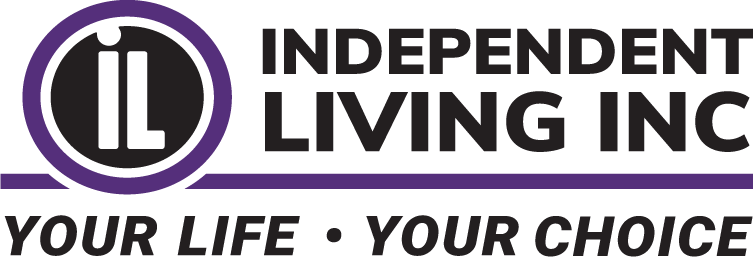We need your help!
We need your help to identify accessibility barriers in our community.
Independent Living, Inc. envisions a barrier-free society with opportunities for all persons to achieve their maximum potential.
Are yo u aware of inaccessible areas in your community? Have you noticed…
u aware of inaccessible areas in your community? Have you noticed…
- Missing accessible parking spaces or signage
- A lack of curb ramps to walkways
- Inadequate sidewalks
- Bathrooms without an accessible stall
- Bathrooms without a reachable sink
- Stores with aisles that are obstructed
- Lack accessible transit
You can help improve our region by identifying accessibility barriers.
Not A Sound.
Imagine grocery shopping at your local supermarket and, while there, needing to use the store restrooms. You enter the restroom, but when you come out, the store is empty; there is nobody left in the building. Your first thought may be… free candy bar at the checkout line!
But why is the store empty? Why are you the only one left in the building? You walk outside and see firetrucks. You were in the restroom and unaware of the fire inside the building.
This is a situation experienced by Vernon Bonse, Independent Living, Inc. Deaf and Hard of Hearing Services Coordinator.
Vernon Bonse is a person who is deaf. The fire alarms in the restroom were audio fire alarms only. While every other person knew to exit the building due to an active fire, Vernon was alone in the restroom with no way to know of the fire or danger.
The Americans with Disabilities Act requires all public space fire alarms be audio and visual.
Perhaps this story will open the lens through which you see the world and encourage you to advocate through a lens of a person who is deaf, or a person who has a different level of accessibility than you.
Know More. Advocate More.
Do you know about the ADA Self-Evaluation and Transition Plans?
A transition plan defines existing programs, services, facilities, policies, and procedures as they relate to accessibility and possible accessibility barriers. The transition plan helps identify barriers that require changes and the steps necessary to ensure accessibility.
A transition plan:
- Identifies physical barriers that limit accessibility
- Engages the public to participate in developing the final plan
- Describes how the inaccessibility concerns will be made accessible
- Provides a proposed schedule to achieve ADA compliance
- Identifies the individual responsible for implementing the plan — the ADA Coordinator
Independent Living, Inc. provides support services in the completion of the ADA Self-Evaluation form for local communities and businesses. Contact us if your business is interested in assistance in the Self-Evaluation and Transition Plan process.

